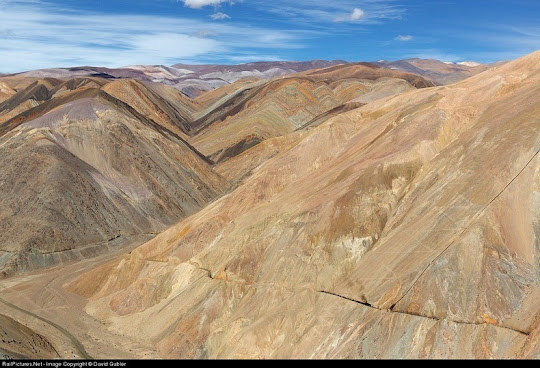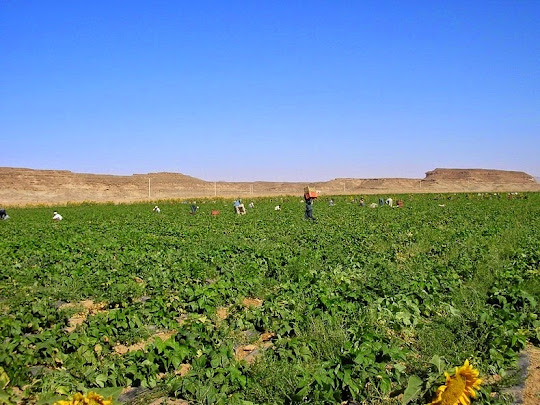The deserts of Egypt contains some of the best preserved paleontological sites in the world one of which is Wadi al-Hitan or the Valley of Whales. This remote valley in the Western Desert, some 150 km southwest of Cairo, contains valuable collection of fossils and bones of a now extinct, suborder of whales, called the archaeoceti. These fossils explains one of the greatest mysteries of the evolution of whales: the emergence of the whale as an ocean-going mammal from a previous life as a land-based animal. Wadi Al-Hitan is the most important site in the world for the demonstration of this stage of evolution. It portrays vividly the form and life of these whales during their transition. No other place in the world yields the number, concentration and quality of such fossils, as is their accessibility and setting in an attractive and protected landscape.

The fossils of Wadi Al-Hitan dating back to 50 million years show the youngest archaeocetes, in the last stages of evolution from land animals to a marine existence. They already display the typical streamlined body form of modern whales, whilst retaining certain primitive aspects of skull and tooth structure, as well as hind legs. Many of the whale skeletons are in good condition as they have been well preserved in the rock formations. Semi-complete skeletons are found in the valley and in some cases, even stomach contents are preserved. Fossil of other early animals such as those of sharks, crocodiles, sawfish, turtles and rays found at Wadi al-Hitan makes it possible to reconstruct the surrounding environmental and ecological conditions of the time.
There is considerable evidence which indicates that the basin of Wadi Hitan was submerged in water some 40 to 50 million years ago. At that time, the so-called Tethys Sea reached far south of the existing Mediterranean. The Tethys Sea is assumed to have retreated north and over the years deposited thick sediments of sandstone and limestone visible in rock formations in Wadi Hitan.
Geological studies have been carried out in the area since the 1800's, and the first skeletons were found around 1830 but were never collected due to the difficult accessibility to the site at that time. At first, it was thought to be a huge marine reptile. It was only later in 1902, that the species were identified as whales. For the next 80 years they attracted relatively little interest, largely due to the difficulty of reaching the area. In the 1980s interest in the site resumed as four wheel drive vehicles became more readily available.
Wadi Al-Hitan, now a Unesco World Heritage site, is visited by only 1,000 people each year.





Source
READ MORE»

The fossils of Wadi Al-Hitan dating back to 50 million years show the youngest archaeocetes, in the last stages of evolution from land animals to a marine existence. They already display the typical streamlined body form of modern whales, whilst retaining certain primitive aspects of skull and tooth structure, as well as hind legs. Many of the whale skeletons are in good condition as they have been well preserved in the rock formations. Semi-complete skeletons are found in the valley and in some cases, even stomach contents are preserved. Fossil of other early animals such as those of sharks, crocodiles, sawfish, turtles and rays found at Wadi al-Hitan makes it possible to reconstruct the surrounding environmental and ecological conditions of the time.
There is considerable evidence which indicates that the basin of Wadi Hitan was submerged in water some 40 to 50 million years ago. At that time, the so-called Tethys Sea reached far south of the existing Mediterranean. The Tethys Sea is assumed to have retreated north and over the years deposited thick sediments of sandstone and limestone visible in rock formations in Wadi Hitan.
Geological studies have been carried out in the area since the 1800's, and the first skeletons were found around 1830 but were never collected due to the difficult accessibility to the site at that time. At first, it was thought to be a huge marine reptile. It was only later in 1902, that the species were identified as whales. For the next 80 years they attracted relatively little interest, largely due to the difficulty of reaching the area. In the 1980s interest in the site resumed as four wheel drive vehicles became more readily available.
Wadi Al-Hitan, now a Unesco World Heritage site, is visited by only 1,000 people each year.





Source





























